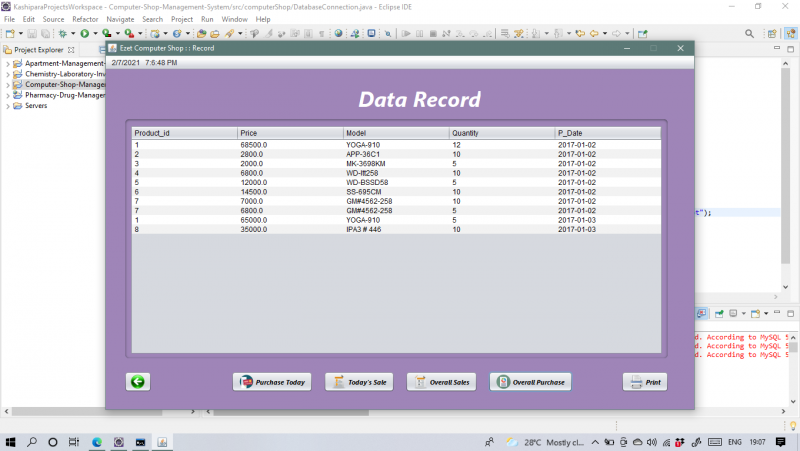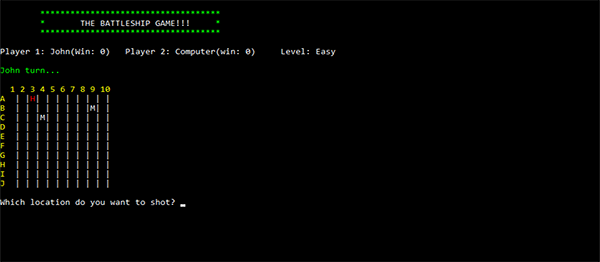


Navigate to the Agent Pools section of ADO.

If you’re using an existing agent, you need to go into Azure DevOps (ADO) and add the capability to the agent manually. If you‘re creating a new build agent, this step might not be necessary, part of the agent installation scans the machine for capabilities and will automatically add Maven if it’s found. Add the \bin folder to the Path Environment Variable (i.e., c:\maven\bin).Create MAVEN_HOME and point it to the location where Maven was extracted (i.e., c:\maven).Similar to Java, we need to configure the Environment Variables: zip file that needs to be extracted and placed on the build agent. The next thing we need to do is install Maven on our build agent. Add the \bin folder to the Path Environment Variable (i.e., c:\Program Files\Java\JavaVersion\bin).Create the JAVA_HOME Environment Variable and set it to the root of your Java installation (i.e., c:\Program Files\Java).If you’re a Windows user like me, there are two additional steps necessary to make Java functional: To build Java, you need the Java Development Kit (JDK) on your build agent, which can be downloaded from OpenJDK. Luckily for us, it’s all rather straight-forward. You’d be right to be suspicious, though the tasks exist, they don’t actually work without a little configuration. However, the Microsoft build server comes with both Maven and ANT build tasks built-in to their task library. When people think of Azure DevOps, they immediately think. Setting up the build serverįor this demonstration, I used Azure DevOps as my build server. In this post, I walk through how to build and deploy a Java-based web application that uses a MySQL backend database.


 0 kommentar(er)
0 kommentar(er)
